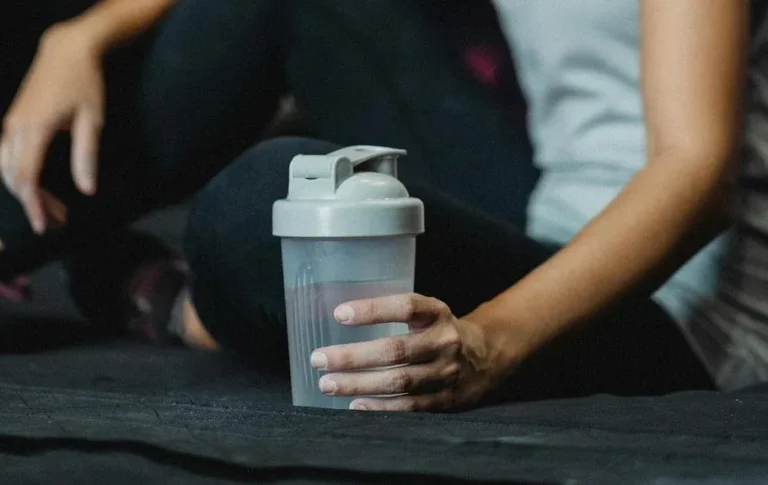After conquering the grueling miles of a triathlon, you might find yourself torn between the exhilaration of achievement and the pressing need for proper recovery. What comes next is crucial for your body’s well-being and future performance.
Discover the essential steps to optimize your post-triathlon recovery, ensuring that your hard work pays off and sets the foundation for your next athletic endeavor.
Key Takeaways
- Consume 200-300 calories with 3:1 carb-to-protein ratio post-race for optimal recovery.
- Engage in active recovery to reduce muscle soreness, promote flexibility, and aid in overall recovery.
- Rehydrate immediately, maintain electrolyte balance, and prioritize hydration for muscle repair.
- Utilize post-race massage for reduced soreness, improved circulation, and enhanced muscle recovery.
Recovery Nutrition Essentials
After completing a triathlon, ensuring proper recovery nutrition is crucial for your body to recover effectively and replenish depleted energy stores. Your muscles undergo significant stress during the race, and providing them with the right nutrients is key to kickstarting the recovery process.
Consuming 200-300 calories with a 3:1 carb-to-protein ratio within 20 minutes post-race is optimal for jumpstarting muscle recovery. A protein shake or a banana can be convenient options for quick and easily digestible nutrition. Prioritize carbohydrates in this post-race window to replenish muscle glycogen stores.
Within 2-3 hours, aim for a balanced meal including protein, carbs, and vegetables to sustain recovery. Packing nutritious food like chicken salad sandwiches or bean chili can further support recovery and replenish energy stores. By focusing on your recovery nutrition, you can reduce your recovery time and get back to training sooner.
Importance of Active Recovery
To optimize your post-triathlon recovery and enhance muscle repair, understanding the importance of active recovery is paramount. Active recovery plays a crucial role in your overall well-being after completing a triathlon. Here’s why it’s essential:
- Maintains Blood Flow: Engaging in light activities helps keep your blood flowing, which is vital for promoting the removal of waste products from your muscles.
- Reduces Muscle Soreness: Light exercises like walking or cycling can aid in reducing muscle soreness and stiffness, allowing for a quicker recovery from the intense physical exertion of a triathlon.
- Enhances Recovery: Active recovery sessions not only promote the delivery of oxygen and nutrients to your muscles for faster healing but also enhance flexibility, range of motion, and overall recovery post-triathlon.
Hydration and Electrolyte Balance
Wondering how essential proper hydration and maintaining electrolyte balance are for your body post-triathlon? Rehydrating immediately after a triathlon is crucial to replace the fluids and electrolytes lost during the race.
Electrolyte balance plays a significant role in muscle function and aids in the recovery process. Dehydration can lead to muscle cramps, fatigue, and hinder your body’s ability to recover effectively after the race. By ensuring proper hydration, you help flush out toxins from your system and support muscle repair, promoting a quicker recovery.
To replenish the essential minerals lost during the triathlon, consider using electrolyte tabs or drinks. These can help restore the electrolyte balance in your body, further supporting muscle function and recovery. Remember, staying hydrated and maintaining adequate electrolyte levels are key factors in post-triathlon care to ensure your body bounces back effectively from the physical exertion.
Post-Race Massage Benefits
Receiving a post-race massage offers numerous benefits that can significantly enhance your recovery process after completing a triathlon. Here’s why you should consider incorporating post-race massages into your routine:
- Reduced Muscle Soreness and Inflammation: Post-race massages help alleviate muscle soreness and reduce inflammation, facilitating a quicker recovery from the physical strain of a triathlon.
- Improved Blood Circulation and Waste Removal: Massage therapy enhances blood circulation, aiding in the removal of metabolic waste from your muscles, which can help in reducing post-exercise fatigue.
- Enhanced Flexibility and Range of Motion: Professional post-race massages can target specific muscle groups, promoting flexibility and improving the range of motion in your joints after intense physical exertion.
Mental Recovery Strategies
Embrace strategic mental recovery techniques to optimize your post-triathlon recuperation and enhance future performance. Reflect on your race performance to identify strengths and areas for improvement, crucial for growth.
Debrief with a coach, friend, or through journaling to process your thoughts and experiences post-race. Mental decompression is key for overall recovery and performance enhancement. Focus on the positives and key learnings from the race for personal development.
By reflecting on your race, you can analyze events and make adjustments for future races. Take the time to understand your emotions, thoughts, and reactions to the race, allowing you to grow not just physically but mentally as well.
Incorporating mental recovery strategies into your post-triathlon routine won’t only aid in your current recuperation but also contribute to your long-term success as a triathlete.
Conclusion
Now that you’ve crossed the finish line, it’s time to focus on your recovery. Remember to refuel with a balanced meal, hydrate, and prioritize rest.
Active recovery, proper hydration, and post-race massages can help reduce muscle soreness and aid in recovery.
Don’t forget about mental recovery too – reflect on your race performance and make sure to get quality sleep.
Listen to your body, take it slow, and set yourself up for success in future triathlons.
